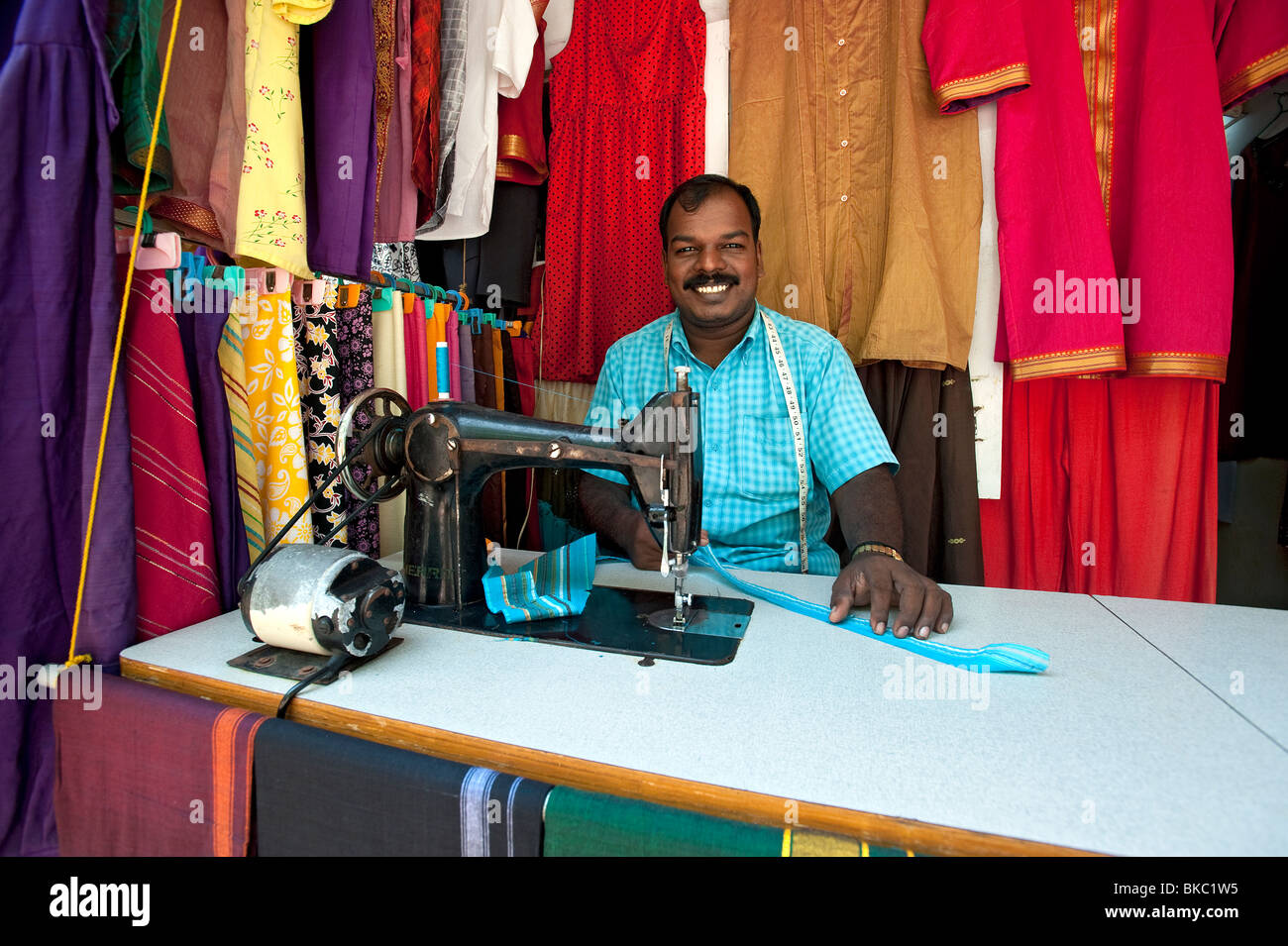Comprehending the Tailoring Refine: From Fabric Option to Last Fitting for the Perfect Closet
The tailoring procedure is an intricate interplay of art and scientific research, beginning with the essential decision of material selection and culminating in the accurate changes of last installations. Each material kind brings distinct high qualities that affect not only the aesthetic allure however also the garment's long life and viability for numerous occasions. Recognizing the subtleties of tailoring techniques can elevate one's closet to unmatched degrees of refinement. As we discover these components additionally, one have to take into consideration just how even the smallest information can substantially impact the general result of one's individual design.
Relevance of Textile Option
Selecting the right material is vital in the tailoring procedure, as it directly influences the comfort, resilience, and overall aesthetic of the final garment (tailor perth). The choice of fabric establishes the foundation for the garment's style, performance, and efficiency. Various textiles have unique residential properties, such as stretch, weight, and breathability, which can dramatically impact just how the garment drapes and fits the body
Additionally, fabric selection affects the garment's durability and simplicity of care. Top quality textiles can stand up to damage, keeping their look and structure over time, while lower-quality materials might bring about pilling or fading. Furthermore, the ideal material adds to the garment's capacity to shift throughout seasons and events, thereby enhancing flexibility.
A customized item made from an appropriate fabric not only showcases craftsmanship but likewise raises the user's self-confidence. Recognizing the nuances of textile choice is paramount for any type of tailoring undertaking. It guarantees that the end product not just meets the aesthetic desires of the client yet also straightens with practical requirements, consequently attaining an unified balance in between kind and feature in the customized closet.
Sorts Of Fabrics and Their Uses
Understanding the numerous sorts of textiles readily available is vital for making educated decisions during the customizing procedure. Each textile has distinct characteristics that determine its viability for certain garments and occasions.
Cotton, known for its breathability and softness, is suitable for sportswear and summer season apparel. Its versatility allows it to be customized right into whatever from shirts to outfits. Wool, on the various other hand, is favored for its warmth and framework, making it an outstanding option for formal suits and outerwear - tailor perth. Its all-natural elasticity assists garments keep form in time.
Silk emanates deluxe and is light-weight, making it best for eveningwear and fragile shirts; however, it calls for careful handling because of its fragility. Linen, with its textured surface, is a prominent option for cozy environments, offering a crisp and ventilated feeling, however it wrinkles conveniently, which may impact the garment's look.
Artificial materials, such as polyester and nylon, deal toughness and resistance to wrinkles, making them suitable for daily wear and active clothes. Understanding these fabric types and their properties enables much better decision-making, making sure that each customized piece not only fits well yet likewise lines up with the intended objective and event.
The Tailoring Techniques Explained
The art of customizing counts on a range of techniques that transform material into well-fitted garments. Central to this procedure is pattern drafting, where a tailor produces layouts based on the customer's measurements and preferred style. This preliminary step makes certain that the garment will certainly fit the user correctly before any type of cutting takes place.
When patterns are established, cutting techniques enter into play. Precision is extremely important as inaccuracies can bring about misfitting garments. Tailors often utilize different reducing methods, such as single-layer cutting for complex designs and multiple-layer cutting for performance on typical patterns.
Basting is one more essential method, permitting dressmakers to briefly sew fabric items together for a preliminary installation. This technique uses the opportunity to examine the drape and total shape before final stitching.
Seaming methods, including flat-felled joints and French joints, boost the garment's sturdiness and visual appeal. Tailors additionally employ techniques such as interfacing and padding to give framework and form to particular areas, like collars and shoulders.
Lastly, finishing address methods, including hemming and side ending up, guarantee the garment's long life while supplying a refined look. With each other, these strategies develop the backbone of efficient customizing, causing beautiful, tailor-made clothing.
Fitting Adjustments and Considerations

Trick considerations consist of the shoulder fit, which ought to neither droop neither restrict movement, and the sleeve length, which must enable for comfy arm motion while keeping a polished appearance. In addition, changes at the waist can refine the shape, with alternatives to let out or absorb textile as required.
The rise of trousers is an additional important factor; it ought to sit easily above the hips without triggering discomfort, enabling convenience of activity. Hemming sizes for both pants and skirts should reflect the wearer's preferred design while appreciating percentages.

Maintaining Your Tailored Garments
Correct maintenance of customized garments is vital to maintaining their fit and appearance gradually. To guarantee durability, normal cleansing is paramount. Always comply with the treatment label directions, which might advise dry cleaning for delicate textiles or maker washing for even more sturdy materials. Prevent regular laundering, as this can use down the textile and modify the garment's form.
Storage is just as important; use cushioned hangers for coats and coats to preserve shoulder structure, and shop trousers folded neatly or hung to prevent creasing. Shield garments from direct sunshine, which can discolor shades and damages fibers.
Additionally, regular evaluations for minor repair services can prevent larger problems. Check for loosened switches, fraying joints, or signs of moth damages, resolving these issues immediately to maintain the garment's honesty.
Lastly, take into consideration seasonal rotation. Wearing customized pieces in moderation enables textiles to recoup, prolonging their life expectancy. By carrying out these upkeep techniques, you can make certain that your customized garments continue to be as beautiful as the day you initially wore them, improving your ideal closet for years to find.
Conclusion
The customizing procedure, including textile pop over to this site option, competent strategies, and exact fitting modifications, plays an important duty in developing garments that enhance both comfort and style. Recognizing the value of upkeep expands the life of customized garments, strengthening their value in a well-curated wardrobe.
Selecting the right textile is important in the customizing process, as it straight influences the comfort, longevity, and total visual of the final garment. click here to read The choice of fabric sets the structure for the garment's performance, design, and performance. Various textiles have unique homes, such as weight, breathability, and stretch, which can dramatically influence exactly how the garment drapes and fits the body.
The art of customizing depends on a variety of techniques that transform fabric right into well-fitted garments.The customizing process, including fabric selection, competent methods, and exact suitable adjustments, plays an important role in creating garments that boost both comfort and design.